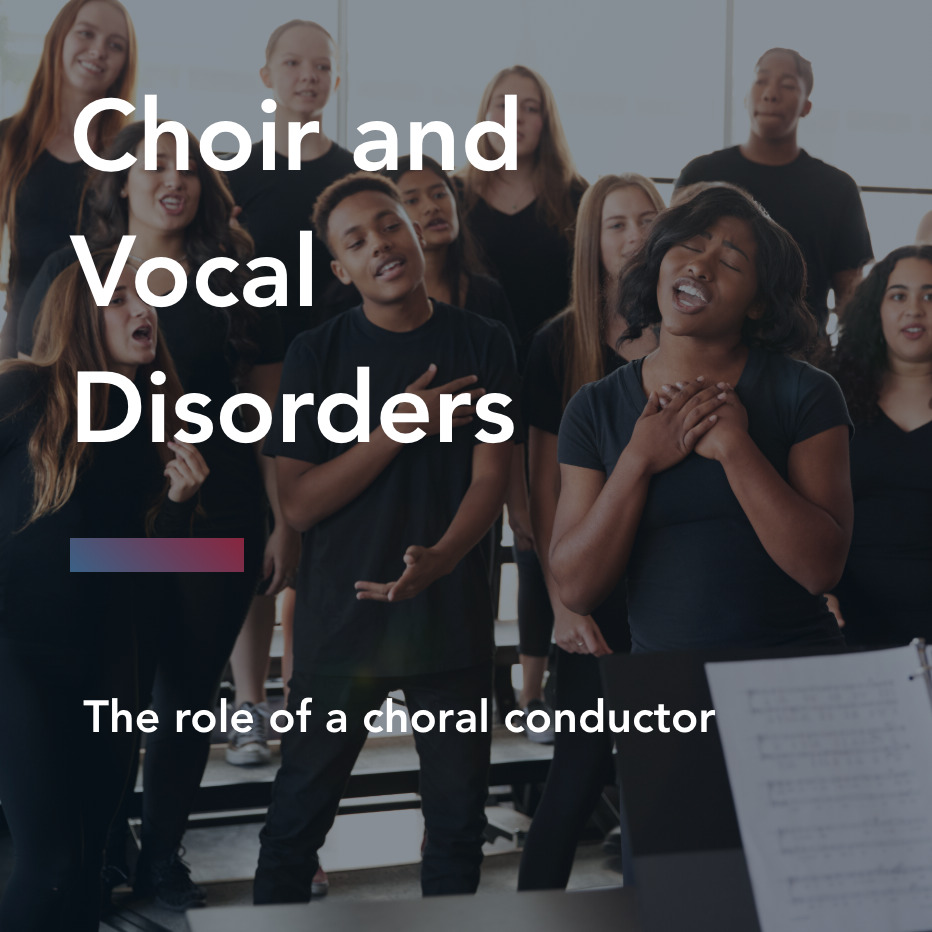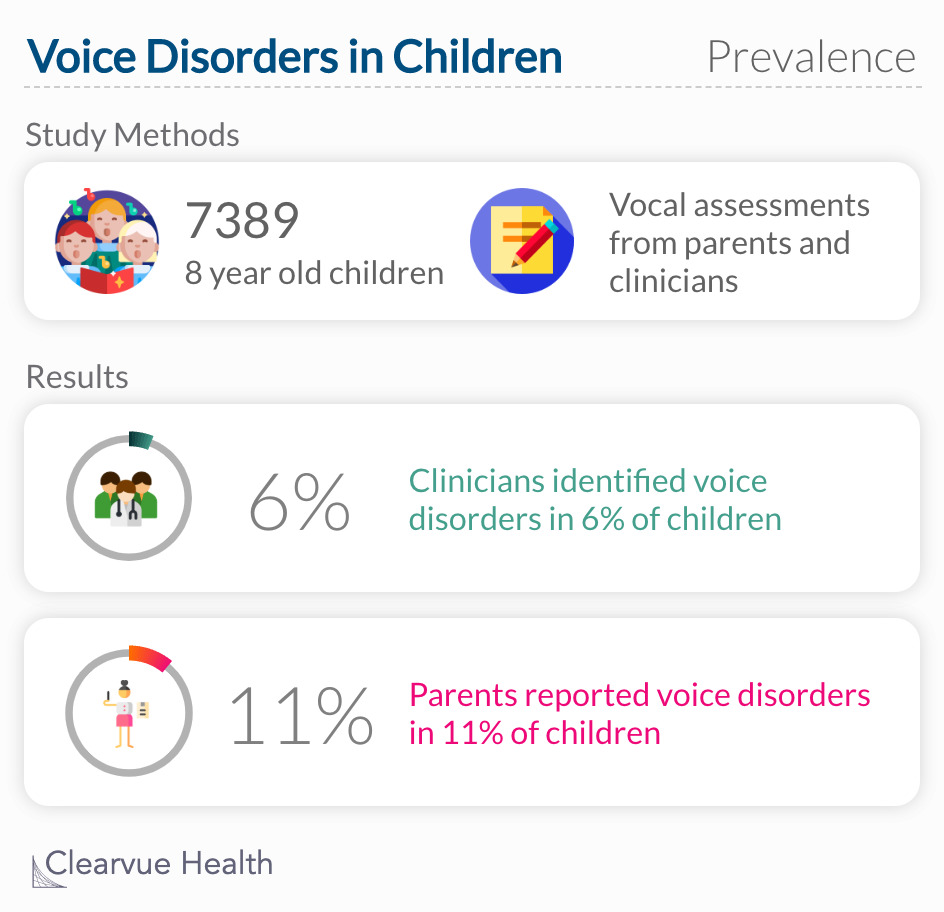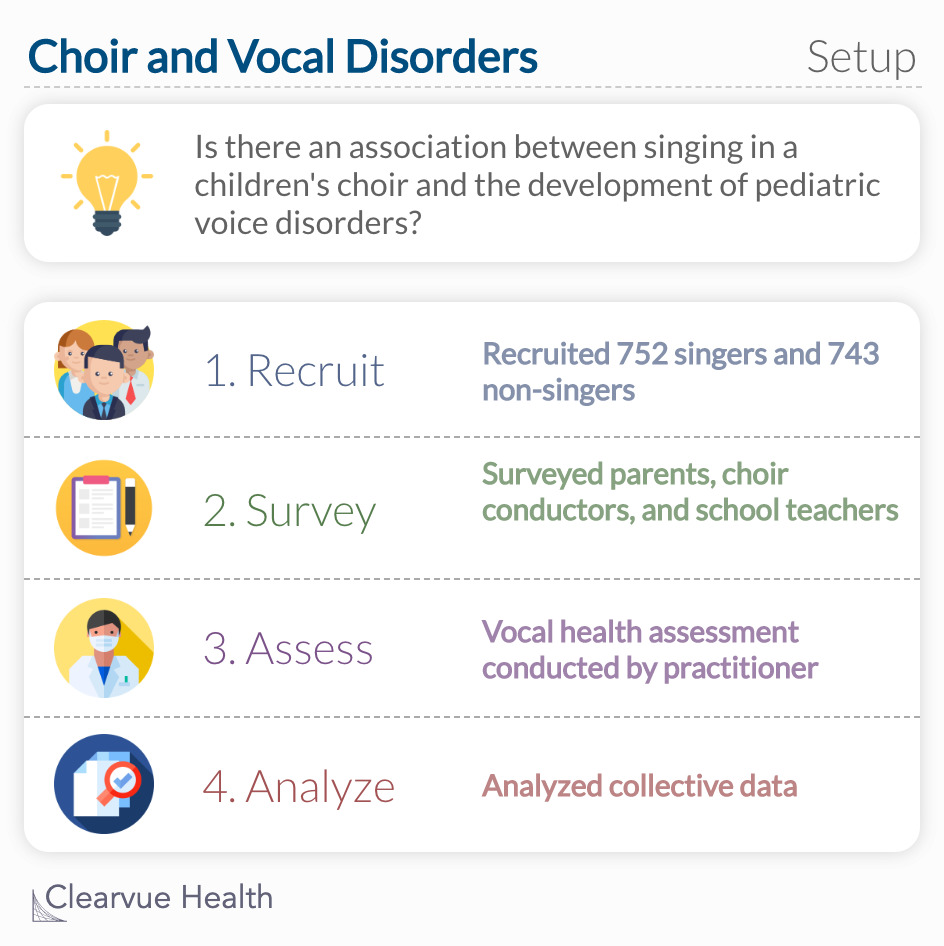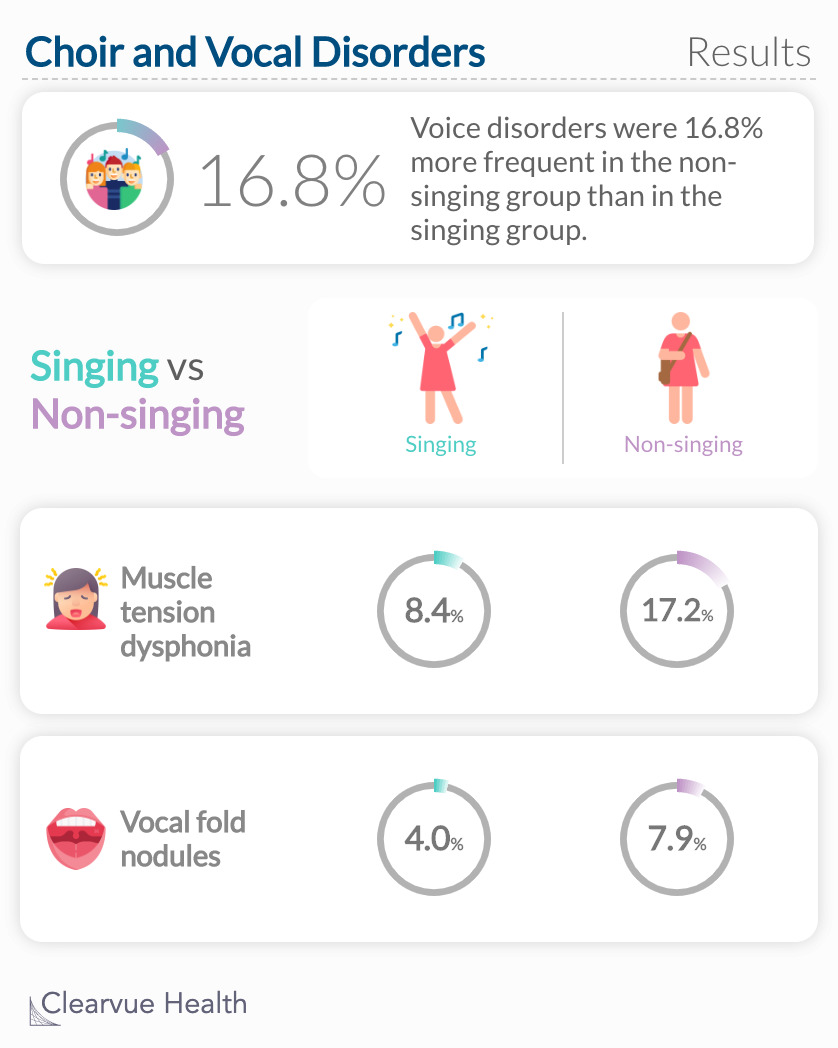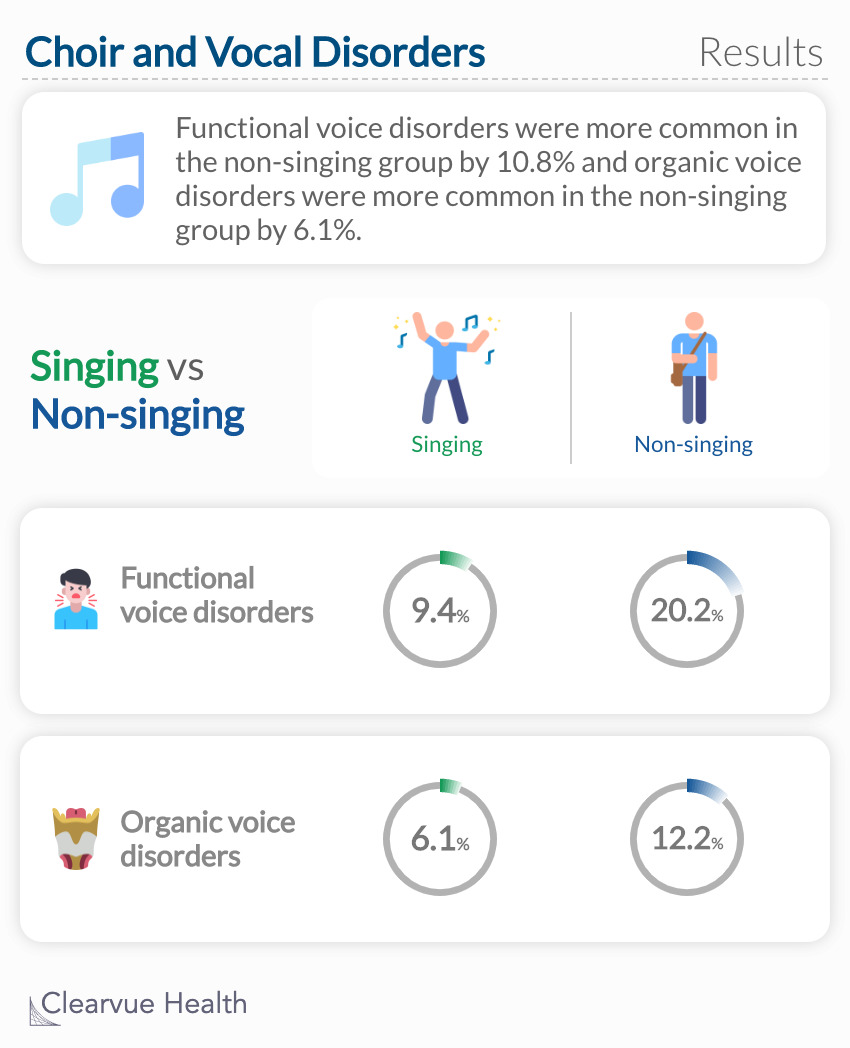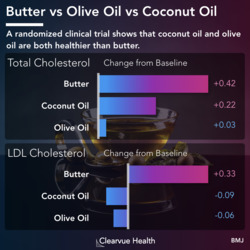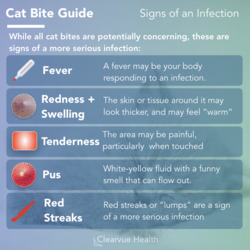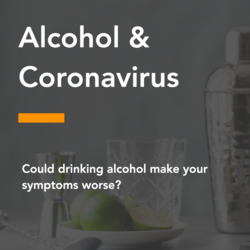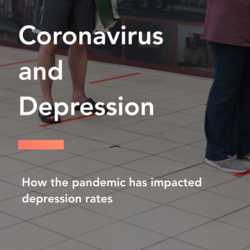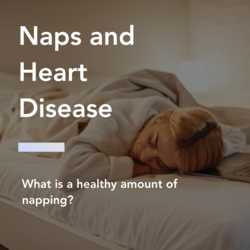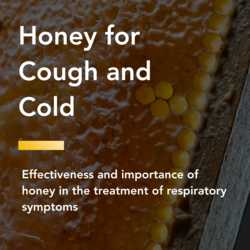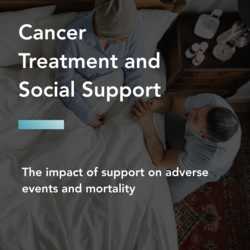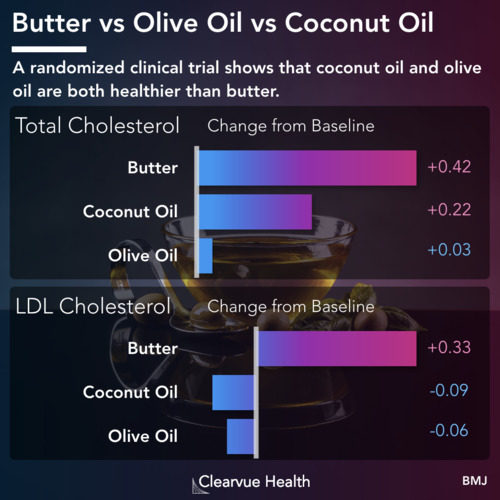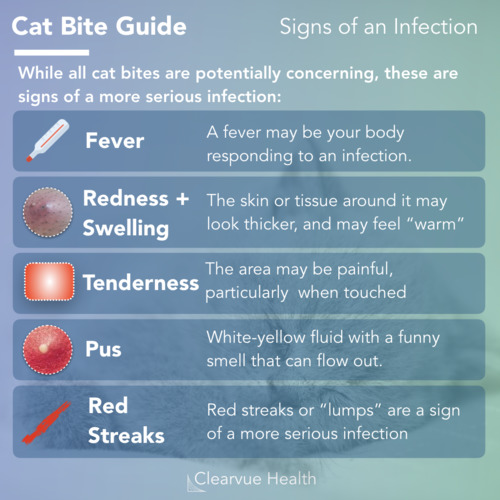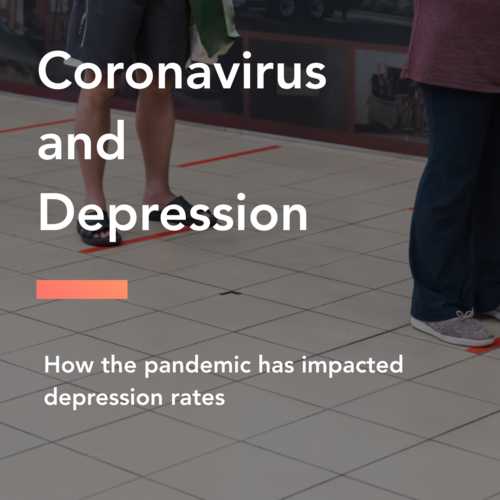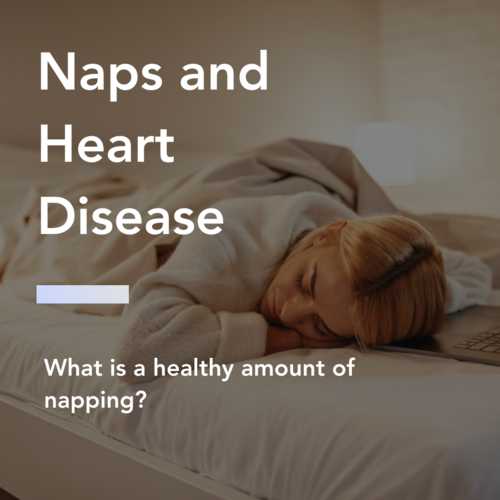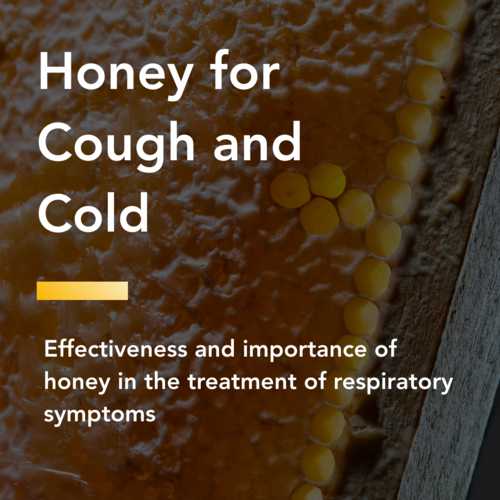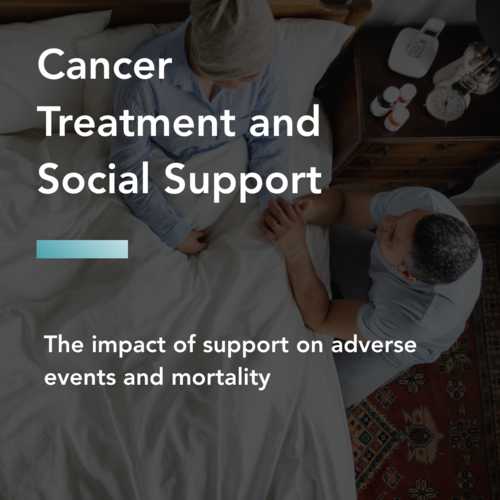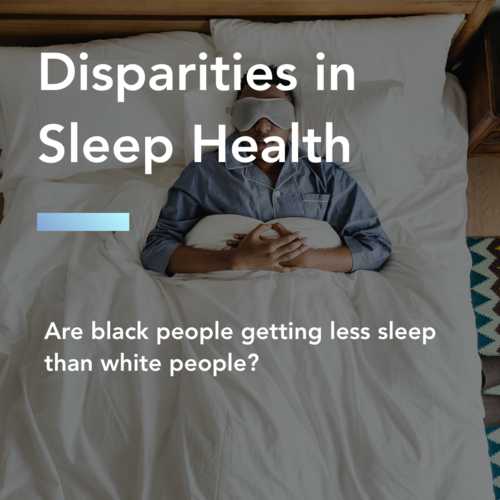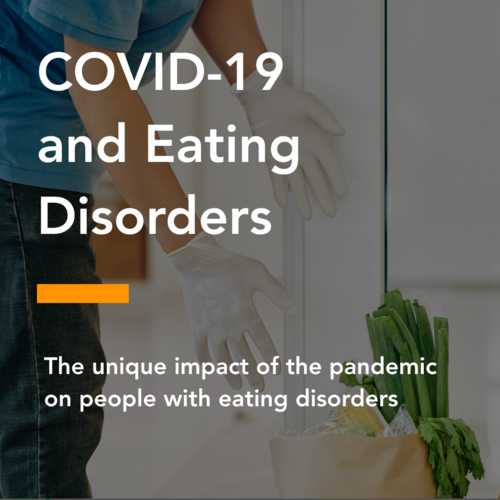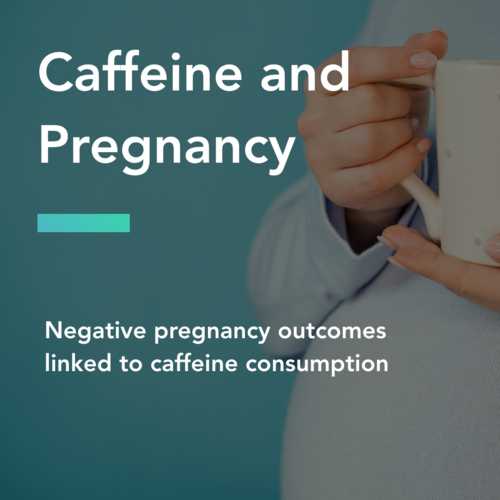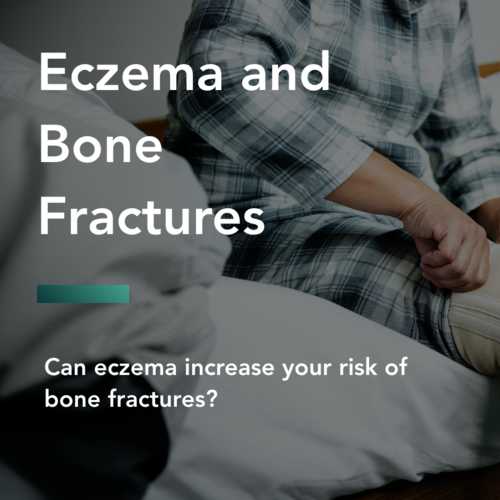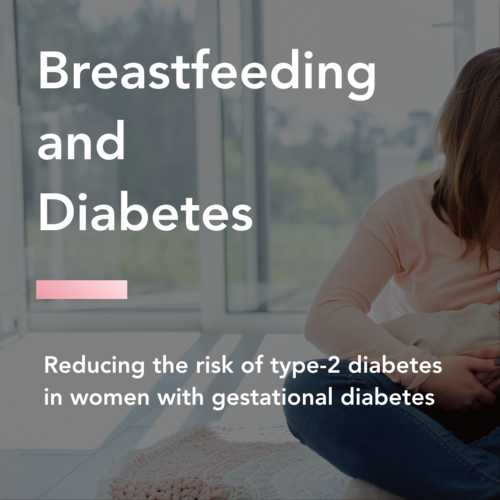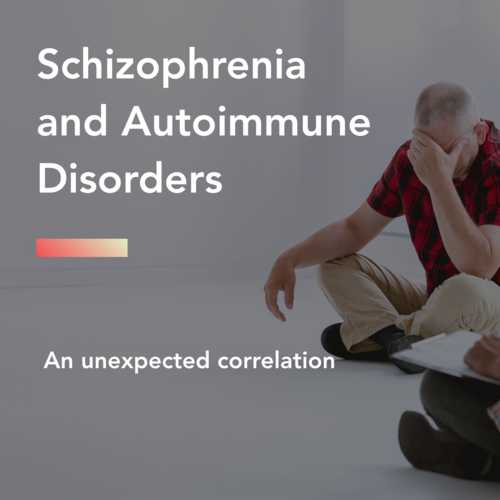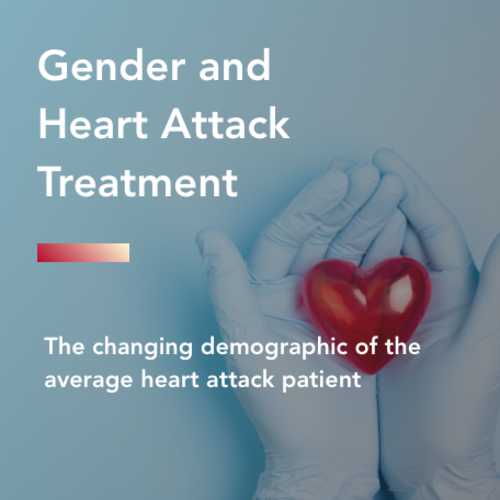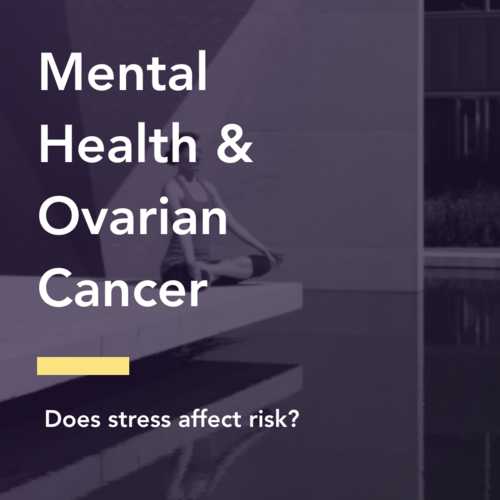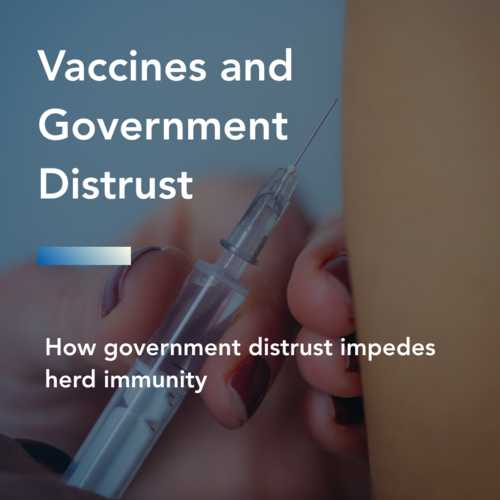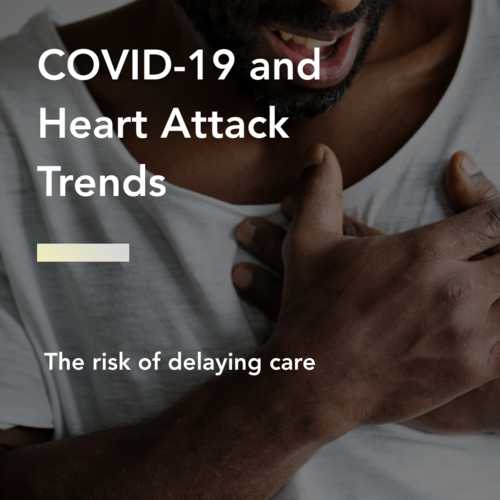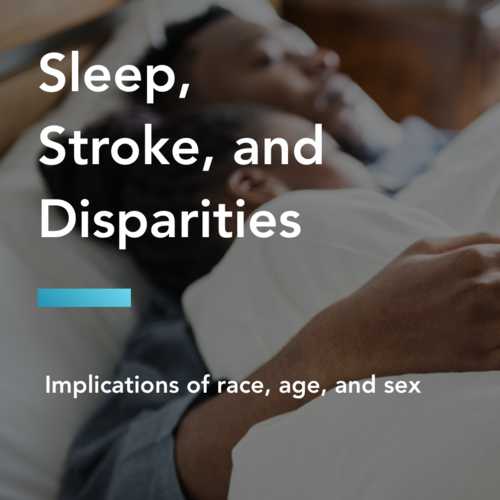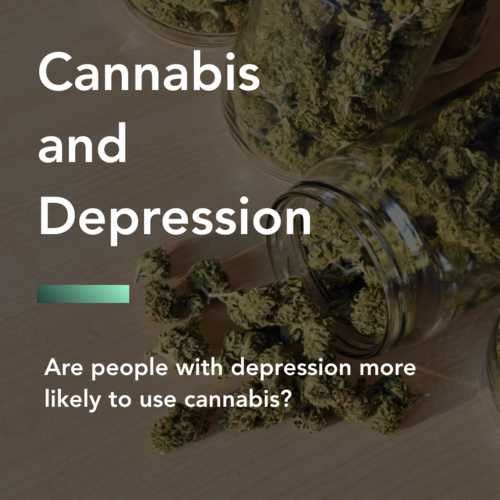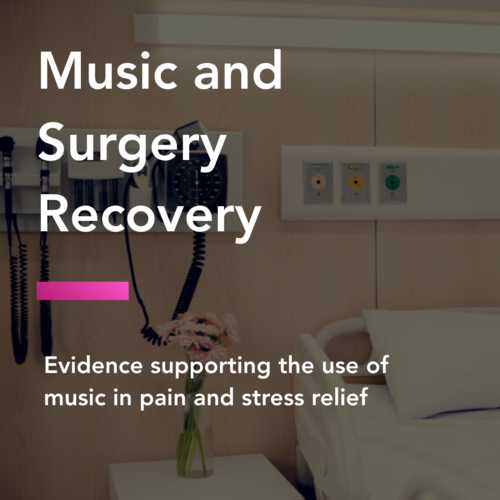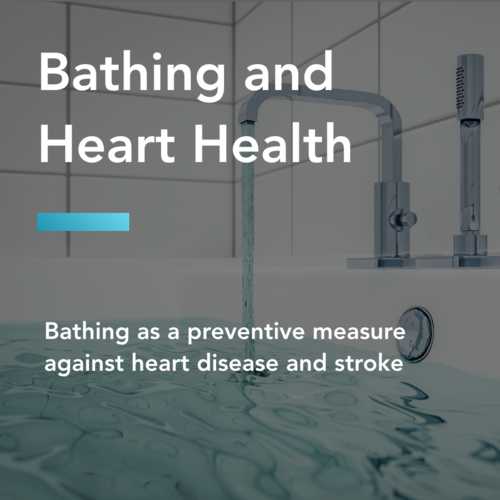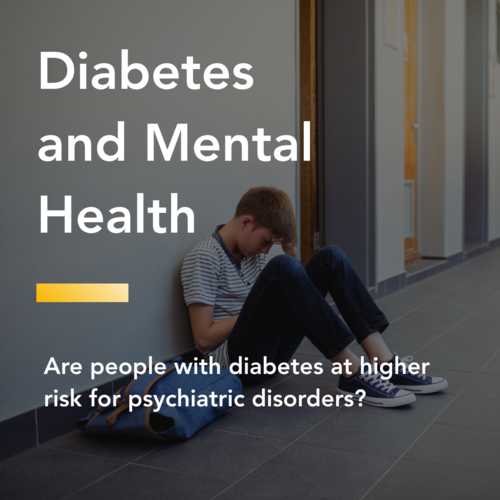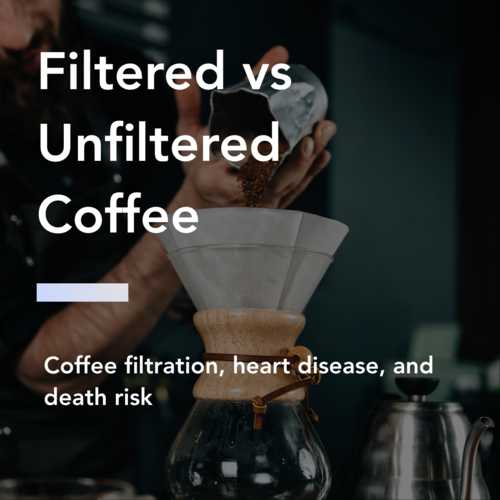Children can participate in choral singing from a very young age. Music teachers come into kindergarten classes to teach simple melodies. Religious congregations may offer a youth choir. Singing in a choir can promote aural, memory, and social skills.
Prevalence of vocal disorders in children
Source: The Prevalence of Childhood Dysphonia: A Cross-Sectional Study
A sample of 7389 children was assessed for voice disorders soon after turning 8 years old. Parents filled out surveys about the child’s vocal habits, overall health, and demographics. Clinicians conducted formal speech, voice, and language assessments.
Clinicians identified voice disorders in 6% of children and parents reported voice disorders in 11% of children. The discrepancy between these data may be due to the nature of the questions. For instance, parents were asked if the child had vocal difficulties sometimes or always, while clinicians only evaluated the children on one day.
Choristers vs non-choristers
Source: Association Between the Development of Pediatric Voice Disorders and Singing in Children’s Choir
Researchers recruited 752 were singers and 743 were nonsingers, aged 8 to 14 years, to participate in the study. Parents, school teachers, choir conductors, and speech pathologists filled out surveys, together and separately, about each child’s vocal health. Children also went into a clinic so an ear, nose, and throat consultant could look at the motion of their vocal folds.
Overall, each vocal disorder considered by researchers was more common in the nonsinging group. Nonsinging children seemed to struggle the most with muscle tension, vocal loss, and vocal fold nodules.
Researchers also compared functional and organic voice disorders. Functional disorders are caused by vocal misuse behaviors like screaming. Organic disorders are caused by inflammation or medical abnormalities.
Again, nonsinging children had higher rates of both functional and organic voice disorders. This tells us neither behavioral nor medical differences explain the vocal disorder disparity between the groups.
Researchers had another theory as to why nonsinging children were more likely to have vocal disorders.
“
The singing children (and their parents and teachers) cared more about their voices and paid more attention to the presence of hoarseness, roughness, breathiness, and asthenia.
JAMA
Children in choirs may be more conscious of their voices and have access to screening or vocal training that other children do not. The presence of choir conductors could also play a role because they are more likely to notice vocal dysfunction than other caregivers.
To be or not to be… in a choir
Singing in a choir does not alter your vocal anatomy. However, it does offer extra attention to symptoms of voice disorders. According to the research, a choral instructor is an important member of a child’s care team. The choral instructor can provide insights into the child’s vocal health that other teachers or caregivers may not pick up on. Who else is going to tell your child when to go on vocal rest?
